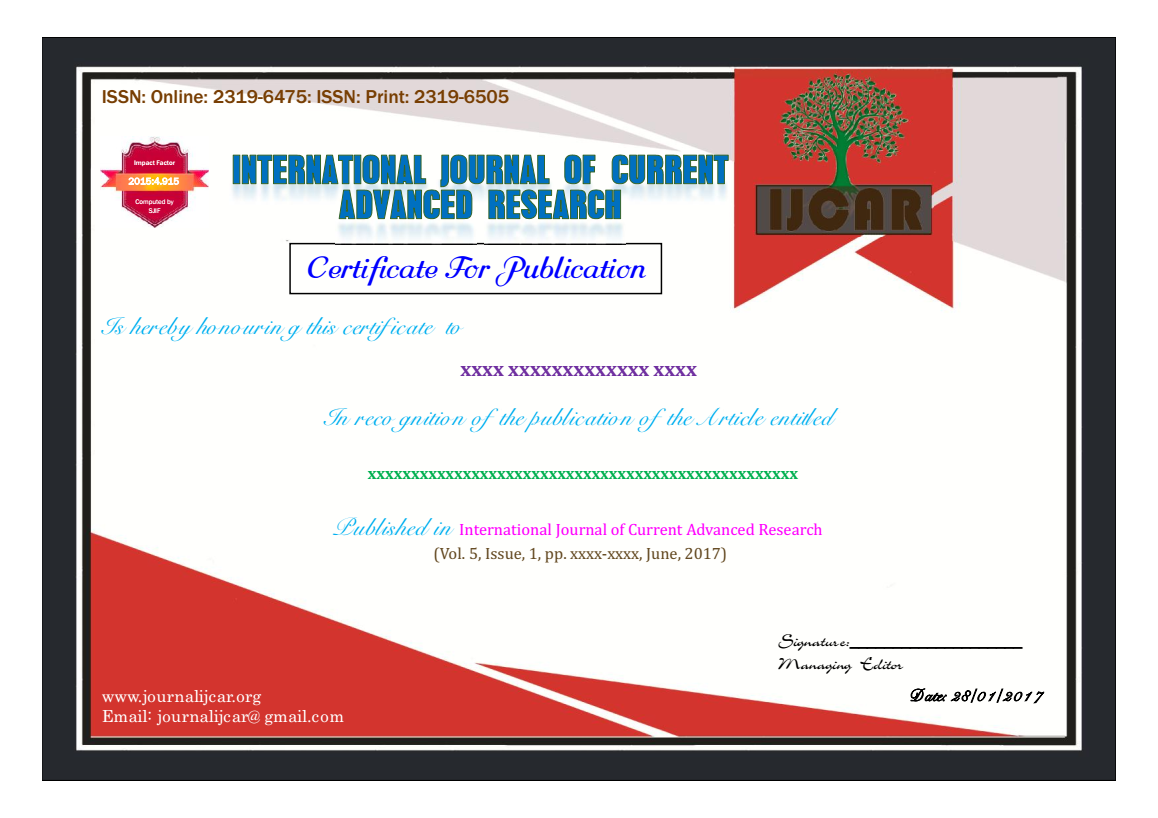Effective Cross-Border Regulatory Management

본문
Handling cross-border legal compliance can be an intricate and time-consuming process, especially for businesses operating in multiple regions. As companies expand globally, they must navigate complex compliance challenges. To effectively manage cross-border legal compliance, it's essential to adopt a strategic approach that prioritizes proactive risk management.
Understand the Cross-Border Compliance Requirements
The first step in ensuring cross-border legal compliance is to understand the regulatory environment in each country where your business operates. Familiarize yourself with local laws. This involves ongoing monitoring of regulatory changes. Be aware that compliance requirements can vary significantly between regions, making it essential to tailor your approach to each relevant jurisdiction.
Create a Best global capability centre in india Compliance Structure
Develop a comprehensive compliance framework that outlines your company's policies, procedures, and controls for managing cross-border legal compliance. This framework should be based on the most relevant regulations. A robust compliance framework will provide the necessary framework for employees, vendors, and partners to follow in each jurisdiction.
Designate a Compliance Manager
Appoint a dedicated compliance officer who has a deep understanding of cross-border legal compliance and regulatory requirements. This individual will be responsible for overseeing compliance efforts. In addition, the compliance officer will be liable for identifying and mitigating compliance risks.
Risk Assessment and Mitigation
Conduct regular risk assessments to identify potential compliance risks in each market. This will involve evaluating factors such as local industry regulations. By understanding the compliance risks associated with each territory, you can develop targeted strategies to mitigate potential exposures.
Collaborate with Local Stakeholders
Building relationships with local authorities and regulatory bodies is essential for effective cross-border legal compliance. This collaboration will facilitate mutual understanding. Regular engagement with local authorities will also help address potential compliance issues and minimize the risk of regulatory enforcement actions.
Employee Training and Mindset
Provide ongoing training and education to employees working in each locale to ensure they understand cross-border legal compliance requirements. This training should cover relevant industry standards. By promoting compliance awareness among employees, you can reduce the risk of non-compliance and reinforce a culture of responsibility.

Continuous Monitoring and Adaptation
Cross-border legal compliance is an ongoing process that requires continuous evaluation. Regularly review and update your compliance framework, procedures, and controls to ensure they remain relevant and effective. In addition, assess the impact of emerging industry trends on your business and adjust your compliance approach accordingly.
In conclusion, handling cross-border legal compliance requires careful coordination. By understanding regulatory requirements, establishing a global compliance framework, and engaging with local authorities, you can neutralize compliance risks and ensure that your business operates in accordance with laws and regulations in each jurisdiction. Regular training and employee awareness programs will further reinforce a culture of compliance, ultimately protecting your business from financial, reputational, and operational risks associated with non-compliance.

댓글목록0
댓글 포인트 안내